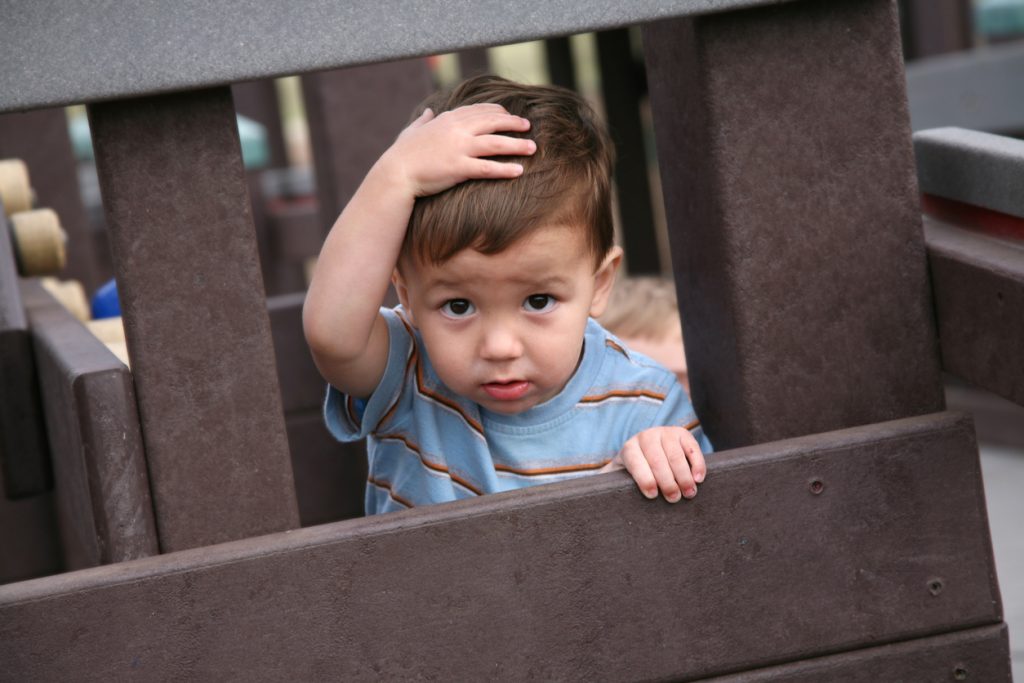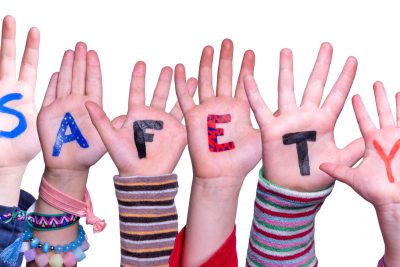Pediatric Falls and Minor Head Injuries
Anyone else’s toddler turn their living room into a parkour course recently? The “crash-bangs“ that follow my toddler’s less-than-graceful tumbles are thankfully usually followed by a chipper, “I OK!”. But like many parents, I fear the “crash-bang-BOOM” that often precedes a bad fall resulting in injury. Falls resulting in minor head injuries or trauma are very common in the pediatric population. These falls result in over 600,000 emergency room visits a year. When your little (or big!) one takes a tumble, it’s hard not to worry about things like concussions, skull fractures, and even bleeding in the brain. How bad is bad, and when should you seek medical care?
Signs of a Bad Fall
How far/hard your child fell and how your child has been acting since the fall influence the likelihood of a significant head injury, such as brain bleeding or skull fracture. After a fall, it is important to note if they cried immediately or lost consciousness and had to be aroused. Do they have a large “goose egg” or hematoma, especially on the sides or the back of their head? Did they calm down as they usually do after a minor injury? Once calm, are they acting like their normal selves? Are they vomiting? Do you see any other apparent injuries like cuts or possibly broken bones? These are all important signs and symptoms that may point to a significant injury.
When to Seek Care
A medical professional should evaluate falls from a height greater than 3 feet, or that resulted in a loss of consciousness for more than five seconds. Symptoms such as persistent vomiting, a child not acting right or acting more tired than is appropriate for the time of day, confusion, worsening headache, or swelling over the sides or back of the head may indicate a more significant injury that also warrants medical evaluation. If the fall resulted in any deep or gaping wounds, these might need stitches. If you are unsure what to do, call your pediatrician. They can help you decide the best place to evaluate your child.
What to Expect at the Emergency Department
In the emergency room, a provider will gather information about how your child fell and how they acted immediately afterward and since the time of the fall. Your child will have a full physical exam looking for injuries that may need an X-ray or treatment like broken bones or large cuts. The provider will perform a detailed neurologic exam. This helps determine if there is a problem with your child’s brain or nerves. Because children do fall so often, researchers have gathered a lot of data to assess risk factors for significant head injuries such as brain bleeding or skull fractures. Based on these criteria, most children can be safely monitored in the emergency room for any changes and can be discharged in a few hours.
Sometimes, children will need a CT scan to look for injuries. CT scans are excellent at diagnosing bleeding in the brain and skull fractures. CT scans, however, cannot diagnose other things, like concussions. Doctors diagnose concussions based on the mechanism of your child’s fall, symptoms immediately after the fall, how they are acting at the time of evaluation, and a physical exam. Regardless of the evaluation in the emergency room, you should follow up with your child’s pediatrician within a week of their head injury to check in on any persistent symptoms.
Despite our best efforts as parents, falls and accidents do happen. Knowing what to look for when your child falls, what to call the pediatrician for, and when to go to the emergency room can provide you more confidence as a parent that you aren’t going to miss a life-threatening injury.






Comments